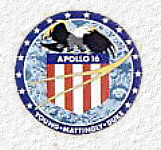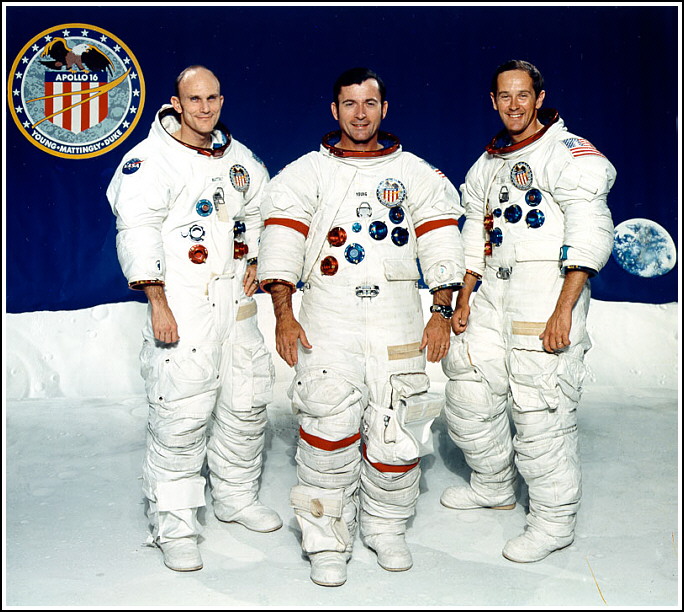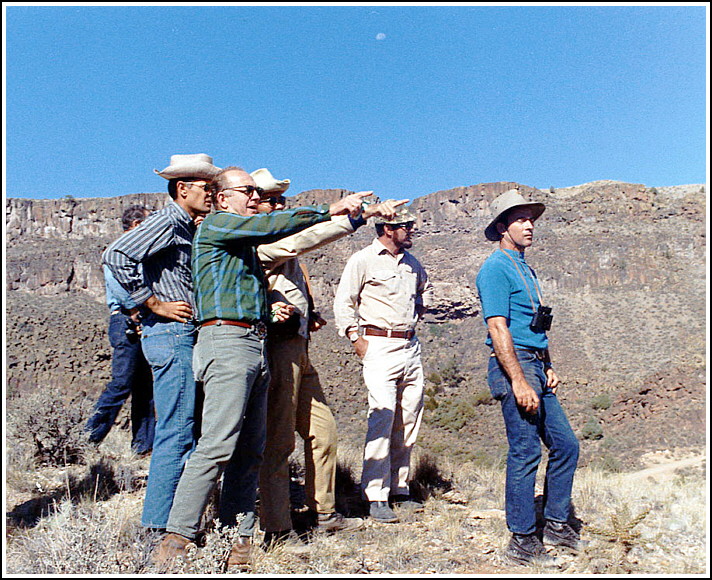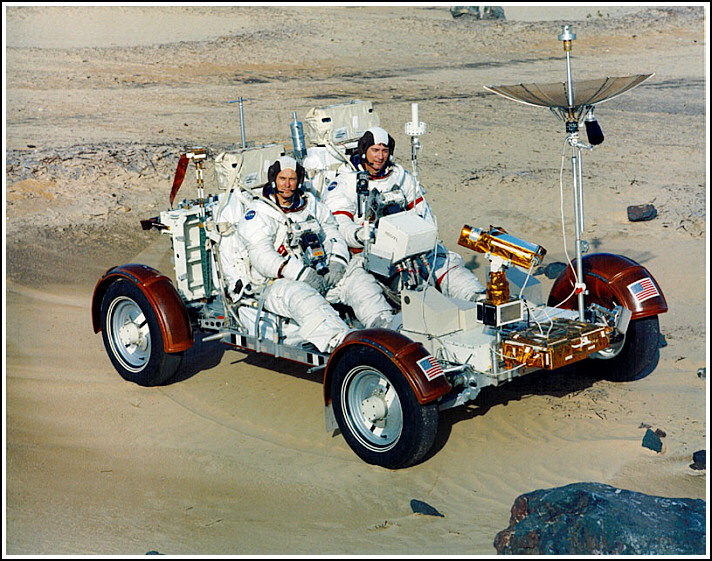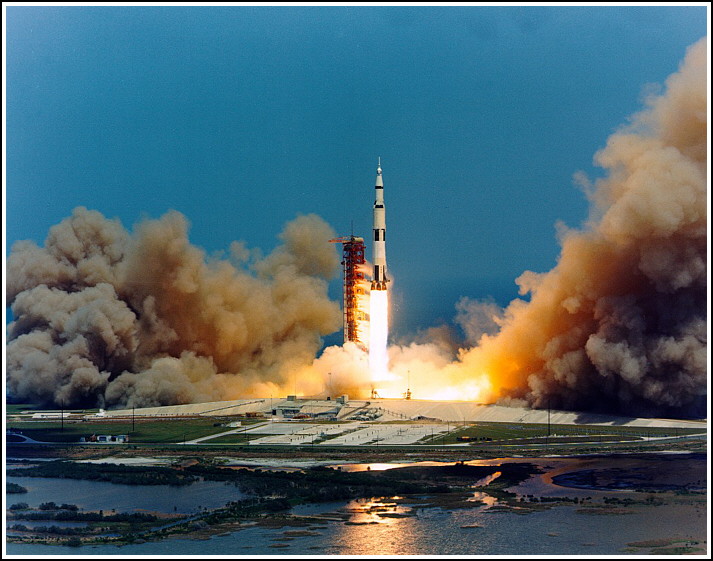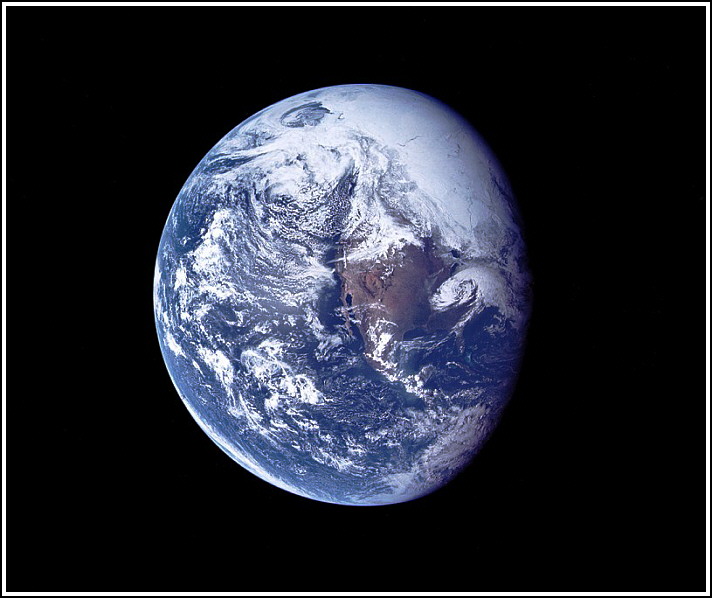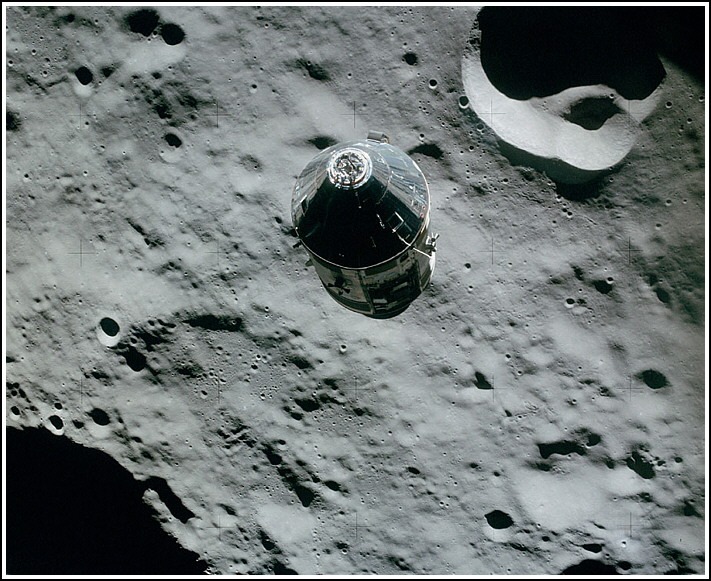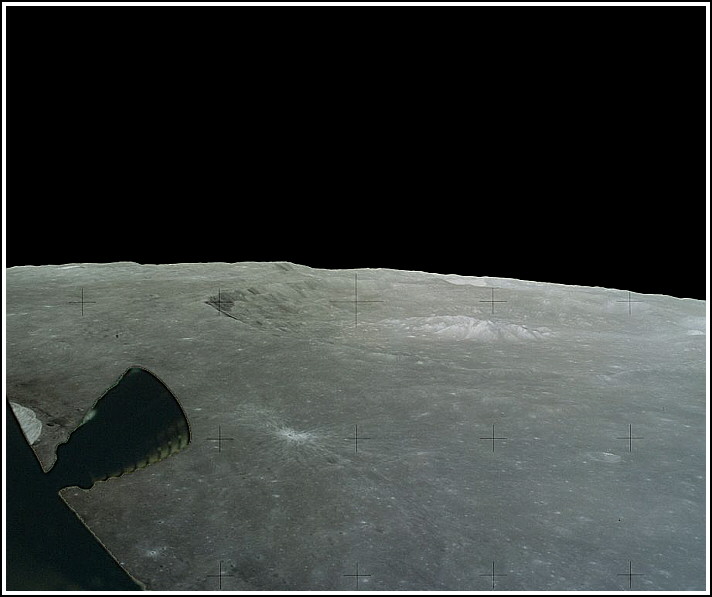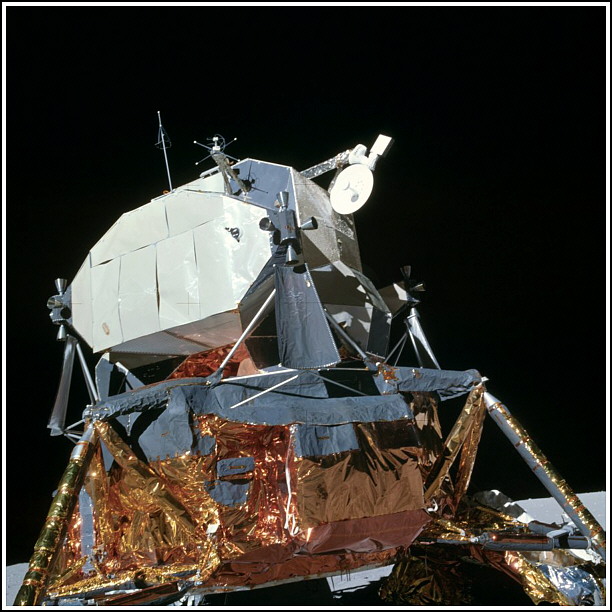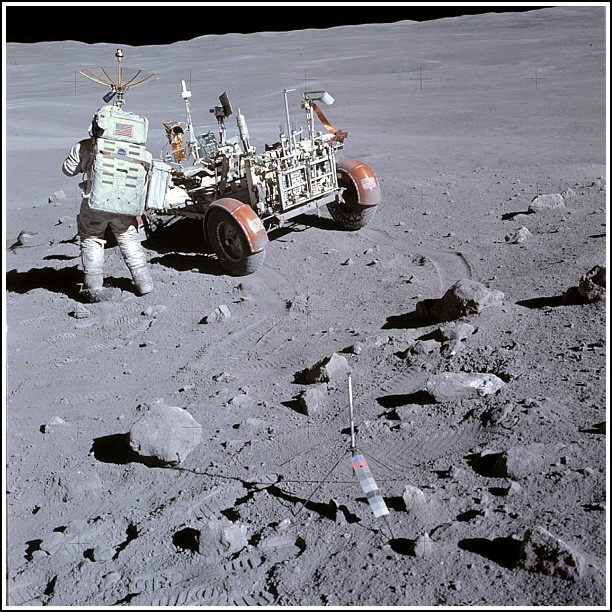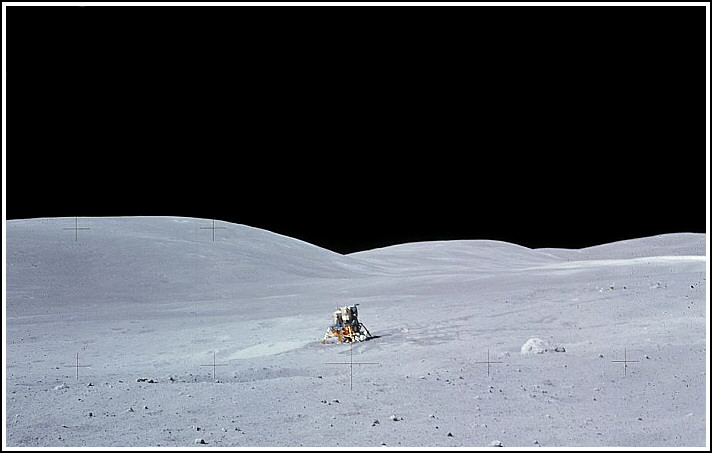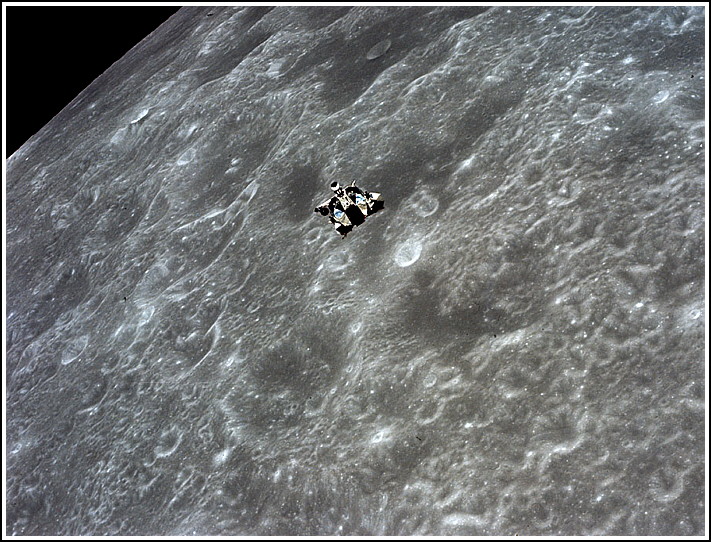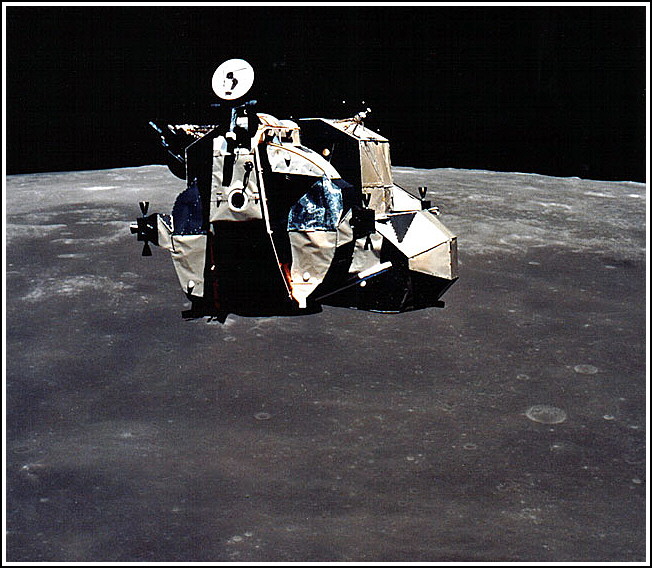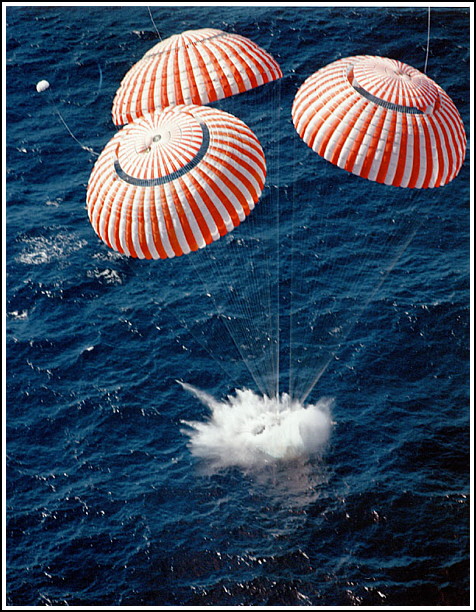Apollo 16
Launch vehicle:
Saturn 5
Launch: 16 April
1972
Recovery: 27
April 1972
Crew: Charles
Duke,Thomas Mattingly, John Young
The second
of the Apollo J series missions included a total of 20 hours 14 minutes
of EVA on the lunar surface in which Duke and Young deployed the ALSEP
and conducted extensive surface travel aboard the LRV. During the surface
exploration new lunar terrain data was obtained, along with 209 Pounds
of lunar samples. Because of guidance problems and yaw oscillations encountered
in the SM propulsion system prior to the landing, NASA decided beforehand
to cut the mission short. Having released a P&F satellite in lunar
orbit, the CSM returned to earth a day early, splashing down after 265
hours 51 minutes.
|
